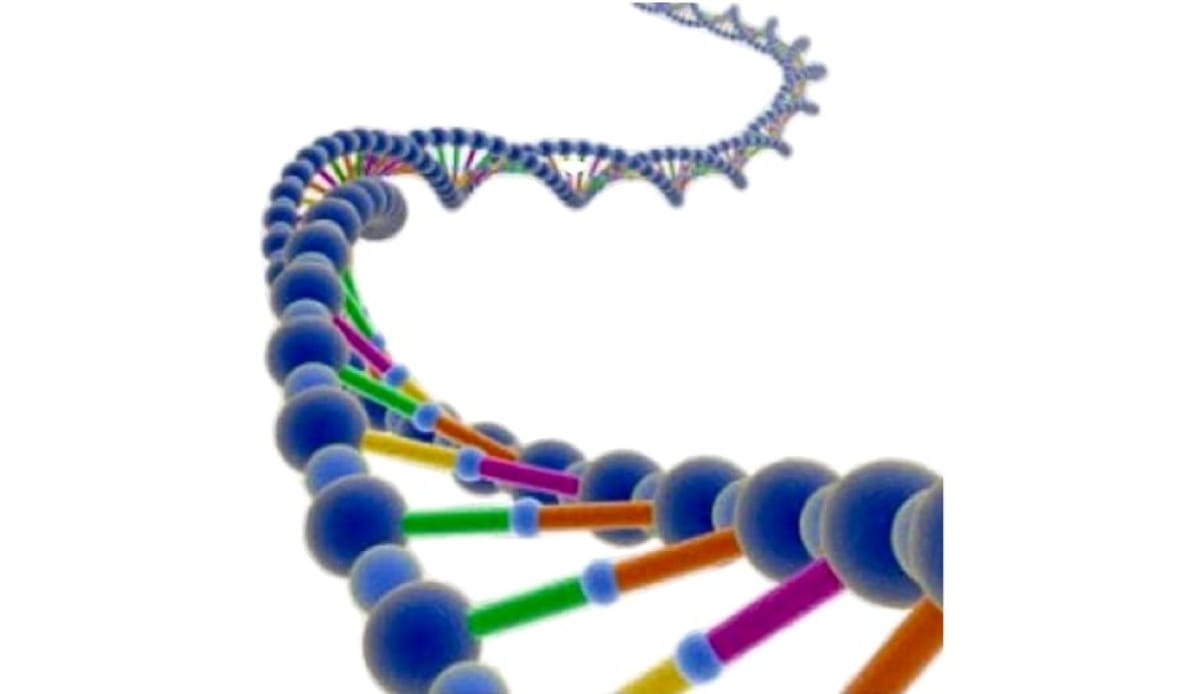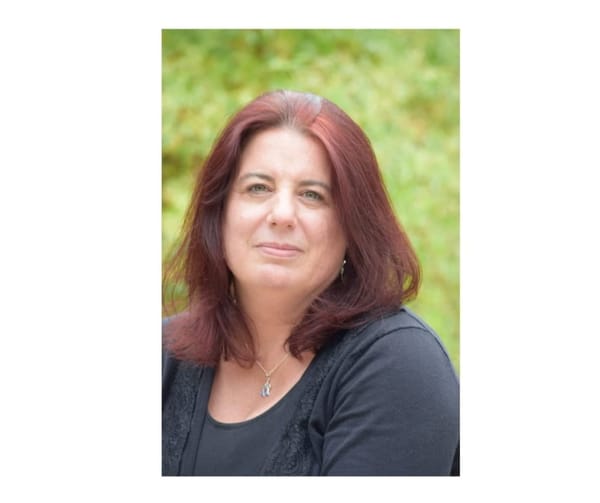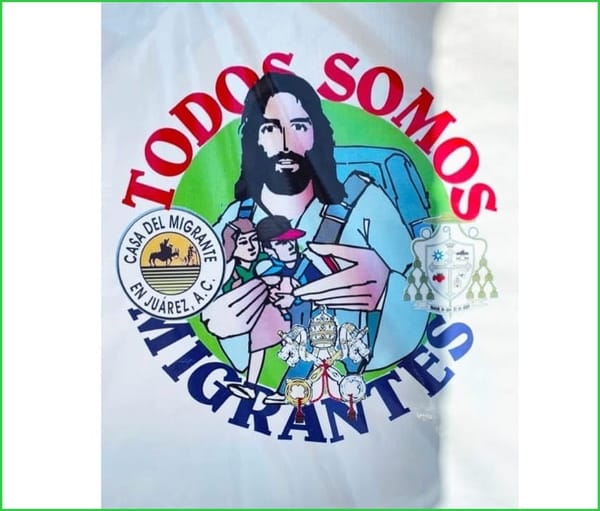Genealogy is so much more than a list of names

by Schelly Talalay Dardashti
In 2000, the advent of consumer DNA testing forever changed the Jewish genealogy world, when FamilyTreeDNA.com (FTDNA) was created.
To be sure, two earlier events contributed in a major way. Following the 1978 “Roots” television series, Jewish genealogists realized they could also find family and led to the founding of JewishGen. And the creation of the internet enabled millions of people worldwide to research newly accessible resources more easily and more effectively.
While not a substitute for traditional genealogy, DNA provides clues that can be followed. Today, most genealogists use DNA in conjunction with traditional genealogy. Major genealogy conferences, such as RootsTech and the International Association of Jewish Genealogy Societies (IAJGS), offer many programs and workshops on utilizing DNA in research. In the early days, some genealogists advised people to first create a paper tree and then do DNA. As a very early proponent of DNA testing, I always tell people to do DNA first. The matches received may help in traditional research and see if they are on the right track or not. In fact, a person might even find a DNA cousin who has already done all the family research!
DNA facilitates connections at many levels as a genealogical research tool.
FTDNA has assisted “hidden children” – Jewish children given to Polish Catholic families to save them during WWII - to connect with their biological Jewish families. Founder Bennett Greenspan, who always thought he was Ashkenazi from Ukraine, discovered he is related to four of the old New Mexico families with Sephardic roots who arrived here in 1598.
MyHeritage has helped in reconnecting Yemenite and other Mizrahi children – whose parents were told they had died while in hospitals in the 1950s – with their biological families in Israel. The company has frequently detailed stories of how DNA has helped adopted children in numerous countries to find not only their also-adopted siblings, but their biological families as well. The company has also connected Holocaust survivors with family, and even with their own siblings! Learn more about connections made by MyHeritage using DNA, billions of records, and innovative technology at blog.myheritage.com/category/user_story/.
All the DNA services have helped individual researchers find long-lost family branches
Along with finding relatives, we have learned much more about Jewish communities – Ashkenazi, Sephardic, Mizrahi, Romaniote (indigenous Greek-speaking Jews), Italki (the Jews of Rome, a 2,000-year-old community) – and where they settled around the world.
Consumer DNA services today include several types of tests, but not all companies provide all of them. Most companies today (the four major companies are Ancestry, 23 &Me, MyHeritage, and FTDNA) use the autosomal test (atDNA) which brings results from all lines of your family, but they are reliable only back about five or six generations, occasionally a bit more.
FTDNA, in addition to atDNA, also offers the direct paternal father-to-son Y-DNA test (reliable very far back in time), and the maternal mtDNA test (which a mother passes to both her daughters and sons, but only the daughters pass it on). It also offers advanced tests that can take research back 1,000 years or more.
Each company has a different testee database and different algorithms for “matching.” And because you have no idea where currently unknown family has tested, it is good to be in all four major databases. While Ancestry and 23&me do not accept transfers from other services, you can transfer those results to both MyHeritage and FTDNA.
All services are good for Ashkenazi testing, but two are also very good for Sephardic and Mizrahi. FTDNA is home to numerous surname and geographical projects, including many Sephardic and Mizrahi, that have done fascinating work since 2000 in revealing how specific communities are connected, and tracing generations of families. MyHeritage is the only service with 13 distinct Jewish DNA categories: Azeri, Bukharan, Persian, Iraqi, Libyan, Moroccan, Syrian, Tunisian, Yemenite, Ethiopian, Bene Israel (India), Cochin (India), and Ashkenazi.
As far as pricing, most DNA services offer great sales around major holidays and large annual genealogy conferences. Keep an eye out for those!
DNA has also drawn attention to genetic conditions, such as BRCA1 and others impacting these communities and their descendants.
As we look at the mysteries of history and how genetic conditions have impacted various communities, it is interesting that there are some 250 Ashkenazi genetic conditions, about 50 Sephardic, and about 15 for Mizrahim. Please check the links in Resources below, and speak to your medical provider.
Overall, Jewish communities are highly endogamous because Jews married mainly Jews over thousands of years, and geography played an important part. If your ancestors lived in a rural Eastern European shtetl, there was a much lower chance of them meeting Sephardim or Mizrahim – their neighbors and family were Ashkenazi. However, as people moved to cities, various communities lived side by side, and inevitably mingled over time. And, as major waves of immigrants arrived in North America (1880-1923), Jews from everywhere met those from many other countries, an opportunity that would not have existed prior to immigration.
As just one example, there was a Polish Ashkenazi community in Constantinople in the 14th century. There was a huge influx of Iberian refugees following the 1492 Expulsion, and as a major trading city, there were many people there from other communities, such as Persia, Greece, and elsewhere. In the early days, each community led very separate lives (butchers, cemeteries, synagogues, schools), but later the various communities began to mix. Today, the Istanbul community is intermarried with the descendants of all these groups with combined infrastructure. In Israel, all these groups are now intermarried as well.
Returning closer to home, we see that the BRCA1 (mutation 185delAG) is prevalent in northern New Mexico and southern Colorado among descendants of colonial-era families known to have Sephardic converso roots. There is still much misinformation – even here in New Mexico - about its origins in this population.
Back in 2012, a spate of articles appeared in JTA, the Jerusalem Post, Haaretz, Ynet, and others, all bearing similar headlines along the lines of “Colorado Indians, Jews share genetic marker,” “Research unearths Jewish roots in Colorado Indians,” “Group of Colorado Indians have genetic Jewish roots,” and others.
Needless to say – but I will say it –those media outlets knew nothing about the history of New Mexico and Southern Colorado. To those who were aware, the headlines were laughable.
The JTA story in 2012 indicated: “Israeli geneticists have linked a Native American population in Colorado to Jews expelled from Spain during the Inquisition. Geneticists at the Sheba Medical Center in Tel Aviv discovered the genetic mutation marker BRCA1 in a group of Mexican Indians who had emigrated from Mexico to the United States over the past 200 years and settled in Colorado…”
The “Indians” were really a population of Hispanic families (who also had native Americans in their families) who had migrated from northern New Mexico (they arrived in 1598) to Southern Colorado – the San Luis Valley. Genealogical research proved they were converso descendants.
Some genealogists were aware of the groundbreaking work of retired Dr. Paul Duncan of Albuquerque who, in 2005, discovered 185del in a group of New Mexican women who were descendants of the original Colonial-era Hispanic settlers.
In 2005 a scientific study - to determine the frequency of BRCA mutations among Hispanic American women in Los Angeles - discovered a high number of one Ashkenazi founder mutation (185del). The authors concluded these “apparently non-Jewish” families were likely descended from conversos, those Spanish Jews who converted (forcibly and voluntarily) to Christianity during persecution in 1391 (and earlier) through the 1492 Expulsion.
The New Mexico mutation 185del is identical to the common Ashkenazi mutation according to a 2013 City of Hope (Los Angeles) study, in which 100+ New Mexico families participated. It showed the mutation entered Spain some 620 years ago, around 1400. Historians know that some Spanish explorers had converso Sephardic background, as did the colonists themselves. New Mexican historical records attest to these facts, and to the migration of some of these families from northern New Mexico to Southern Colorado.
According to “Breast Cancer Gene Research and Medical Practices: Transnational Perspectives in the time of BRCA,” in the chapter “Mapping Jewish Identities: Migratory Histories and the Transnational Re-framing of ‘Ashkenazi BRCA Mutations’ UK and Brazil,” by Jessica Mozersku and Sahra Gibbon, the oldest BRCA1 mutation (185del) is believed to be some 2,000-2,500 years old, originating in the Middle East, before the split into Ashkenazim and Sephardim. It entered Europe after the second Temple destruction in 70 CE.
Another genetic condition in New Mexico is pemphigus, a serious genetic skin condition. The rare form here is recessive dystrophic epidermolysis bullosa. The research by Emily Mira Warshauer, MD at Denver’s Jewish Hospital, demonstrated that the mutation in New Mexico and the US Southwest, is the same as that in isolated known converso communities in Latin America.
Two additional conditions found in New Mexico among some families with converso ancestry are CCM or Cranial Cavernous Malformation, and Machado-Joseph, a progressive neurological condition with Sephardic frequency.
But it isn’t just families with Sephardic converso ancestry that have been impacted by genetic conditions. Thousands of miles away in Iran and in the post-1978 Revolution diaspora, that community’s Mizrahi Jews, with a 2,800-year-history, also demonstrate several conditions.
The most frequent (one in 10 Persian Jews) carry the gene for pseudocholinesterase, a sensitivity to common anesthesia drugs. An individual may take much longer to awaken after surgery or, in a worst-case scenario, may not wake up. In Israel, if doctors are aware that a patient is of Persian ancestry, they will test for sensitivity prior to surgery and can substitute other drugs for the problematic ones.
At a recent genealogy conference, I met a man from one of the New Mexican pueblos who told me that his father had the same condition, but I do not know yet if it is the same mutation as the Persian/Polish Jewish one.
In another case involving Beta Thalassemia (major and minor), a Mediterranean blood condition, some Polish Ashkenazi (as far as they know) families carry the exact major mutation as some Persian Jewish families, as researched at Hebrew University. Other Ashkenazi families from Belarus, for example, carry the minor mutation.
One of the most exciting projects today is the Avotaynu DNA project, managed by Adam Brown.
An academic multi-disciplinary worldwide study, it combines history, genetics and genealogy to illuminate the origins and migrations of the Jewish people over the past 3,000 years. Genetic links have been found between Northern NM and isolated converso communities in Central and South America. The project fosters historical and scientific studies of the Jewish people by making DNA results available. It determines whether new testing strategies result in the DNA equivalent of names.
Today more than 10,000+ individuals are in the project, with 600+ separate Y-DNA lineages identified. Y-DNA can be reliably defined to the last 500 years, around the 1492 Expulsion. Spanish archives date from the year 1000 and show families already using fixed surnames.
Communities being tested (they are always seeking more testees) include Ashkenazi, Bukharan, Sephardi, Persian, Afghani, Kavkazi, Italian, Curacao, Syrian, Panama, Iraqi, Morocco, Greece/Turkey, and Tunisia.
Traditional genealogy used together with DNA and with genetic conditions information encourage us to explore “who are we really?” and “how/when did we get to these other places?”
Schelly Talalay Dardashti was the Jerusalem Post genealogy columnist (It’s All Relative, 1999-2005) and created the award-winning Tracing the Tribe – The Jewish Genealogy Blog and Tracing the Tribe – Jewish Genealogy on FB (currently 76,000+ members in 101+ countries). A Road Scholar NM lecturer, she speaks at annual genealogy conferences, and is the US Genealogy Advisor for MyHeritage.com. A native New Yorker who has lived in Tehran and Tel Aviv, she is a New Mexican by choice.
RESOURCES
Tracing the Tribe – Jewish Genealogy on Facebook (76,000+ members in 101+ countries) https://www.facebook.com/groups/tracingthetribe/
Jewish DNA for Genetic Genealogy and Family Research on Facebook
https://www.facebook.com/groups/DNAHelpJewishJourney
Avotaynu DNA Project: The Genetic Census of the Jewish People https://avotaynuDNA.com
Smithsonian Magazine: The Secret Jews of the San Luis Valley
Resources for Genetics Professionals — Genetic Disorders Associated with Founder Variants Common in the Sephardic Jewish Population https://www.ncbi.nlm.nih.gov/books/NBK588574/
Mazornet.com: Genetics Jewish Genetic Diseases with resources
Jewish Genetic Diseases
https://www.jewishgeneticdiseases.org/jewish-genetic-diseases-and-non-jewish-carriers/ Jewish Genetic Disease Consortium
Jnetics/BRCA https://www.jnetics.org/brca/ Jnetics, in the UK, is dedicated to the prevention and diagnosis of Jewish genetic disorders, and support for those affected and at risk.
The Forward: Genetic Diseases that Affect Sephardic Jews
https://forward.com/culture/181592/genetic-diseases-that-affect-sephardic-jews/
The Forward: How do Sephardic Jews Figure into the Genetic Equation?
https://forward.com/news/1466/how-do-sephardic-jews-figure-into-the-genetic-equa/
Jewish Chronicle: DNA Revolutionizing Genealogy
https://jewishchronicle.timesofisrael.com/dna-revolutionizing-genealogy-dardashti-says/
To see more articles click here, or the HOME button at the top of the page.
Community Supporters of the NM Jewish Journal include these advertisers:
Jewish Community Foundation of New Mexico
Congregation Albert
Jewish Community Center of Greater Albuquerque
The Institute for Tolerance Studies
Shabbat with Friends: Recapturing Together the Joy of Shabbat
Congregation B'nai Israel
Jewish Federation of El Paso and Las Cruces
Temple Beth Shalom
Single Event Announcement advertisers:
Academy of Jewish Learning at Congregation B'nai Israel
New Mexico Jewish Historical Society
Policy Statement Acceptance of advertisements does not constitute an endorsement of the advertisers’ products, services or opinions. Likewise, while an advertiser or community supporter's ad may indicate their support for the publication's mission, that does not constitute their endorsement of the publication's content.
Copyright © 2024-2025 New Mexico Jewish Journal LLC. All rights reserved.



